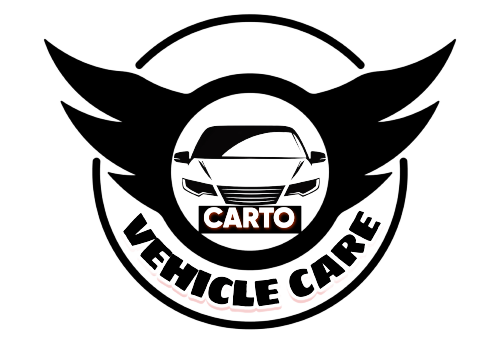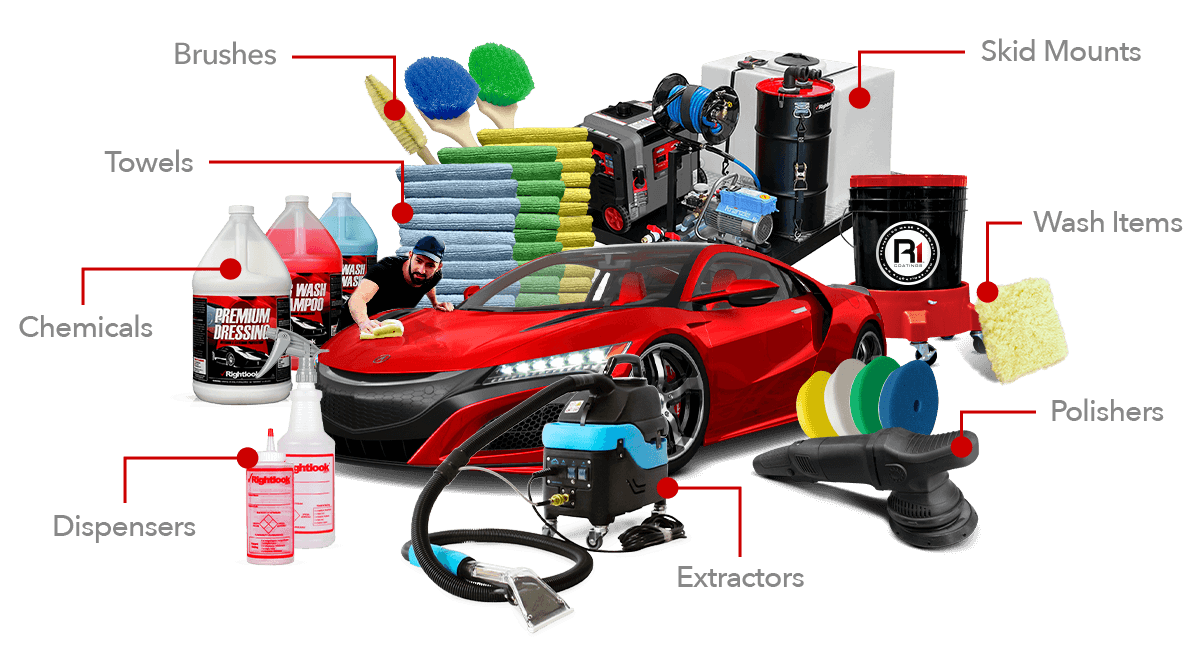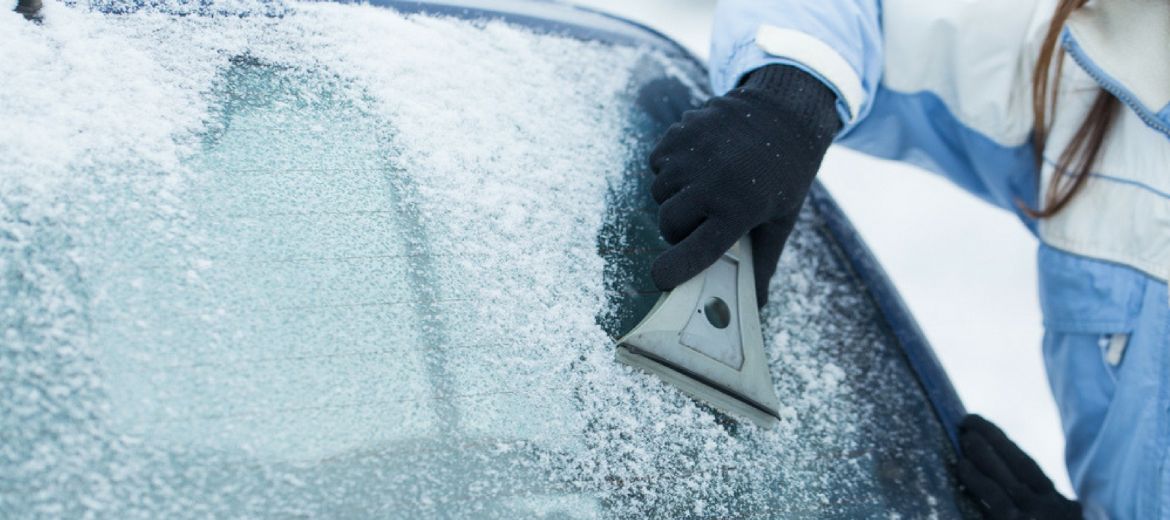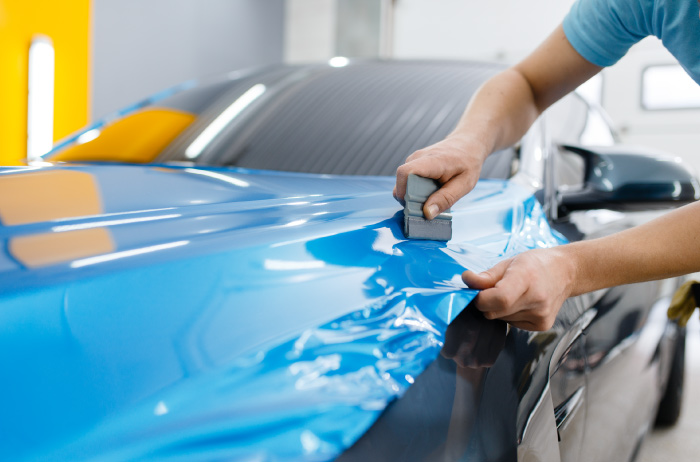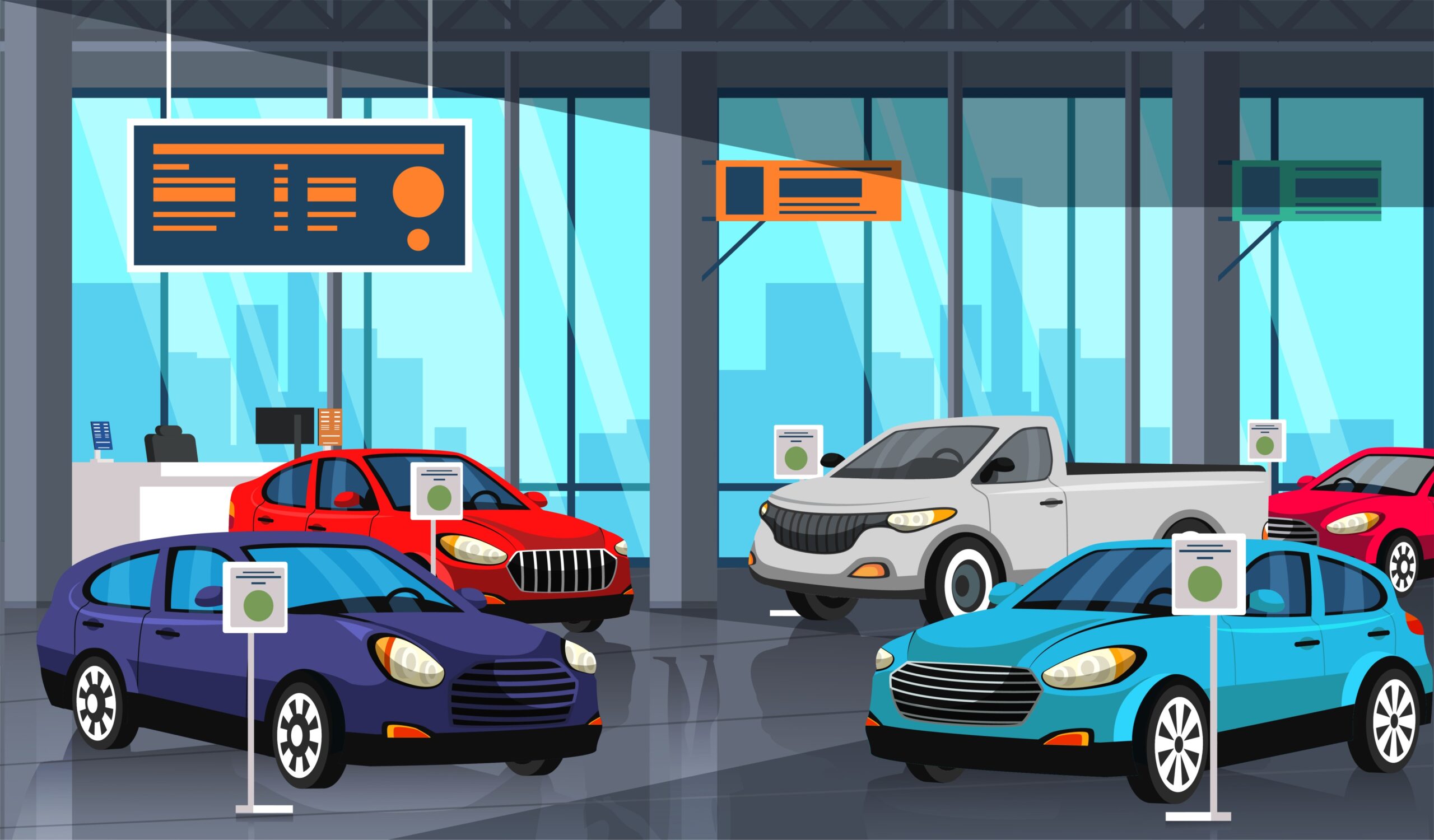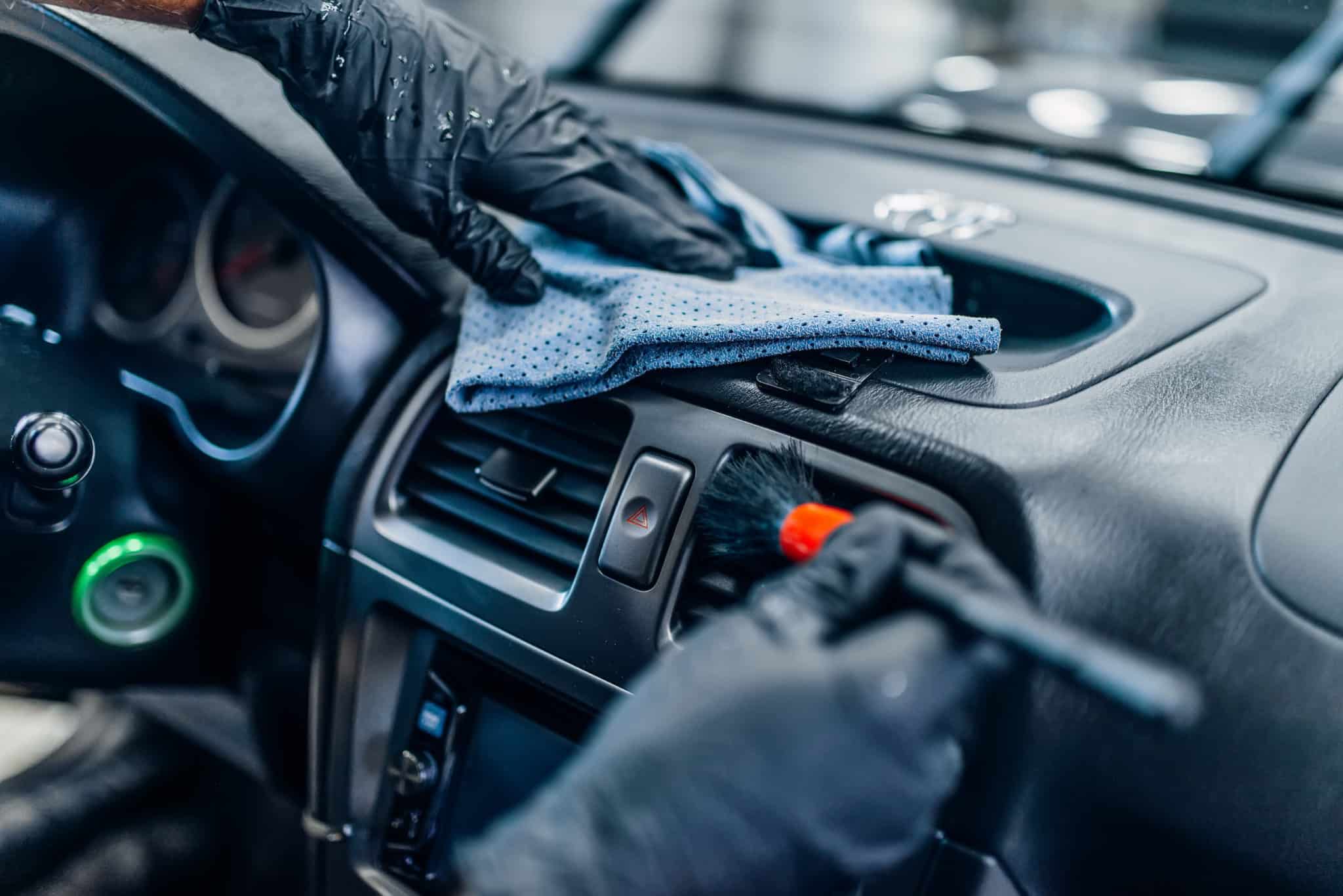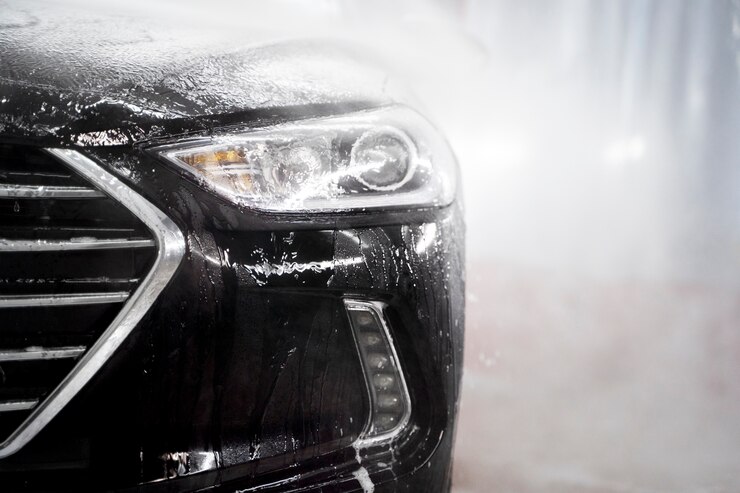Table of Contents
Introduction
Maintaining the pristine appearance of your vehicle’s exterior is essential for both aesthetics and longevity and having the right car exterior cleaning tools can make all the difference. Essential tools include a high-quality car wash soap that’s gentle on paint yet effective against dirt and grime, microfiber wash mitts that reduce the risk of scratches, and a pressure washer or garden hose with a nozzle for thorough rinsing. A clay bar can remove embedded contaminants to tackle tougher spots, while a dedicated car polish and wax provide a protective and glossy finish.
Additionally, tire and wheel cleaners, along with specialized brushes, ensure that every part of your vehicle shines. A good quality drying towel helps to prevent water spots and streaks. A set of detailing brushes can be indispensable for those hard-to-reach areas and intricate detailing. Investing in these tools enhances your car’s appearance and helps maintain its value over time, ensuring your vehicle always looks its best.
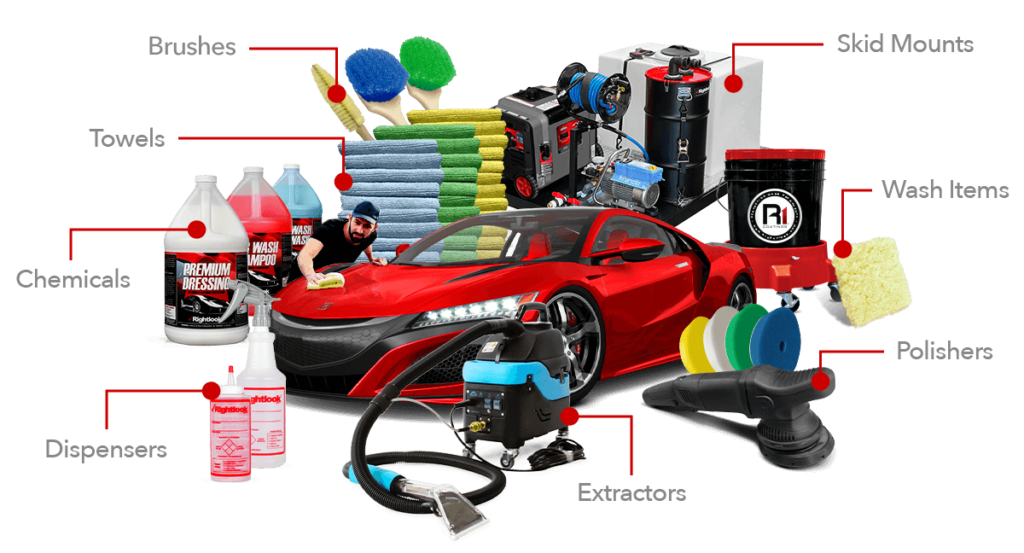
Pressure Washing
Pressure washing, also known as power washing, is a cleaning method that uses high-pressure water spray to remove dirt, grime, mold, mildew, and other contaminants from surfaces. This method is widely used for cleaning various surfaces, including buildings, concrete driveways, decks, patios, and vehicles. The high-pressure water stream is effective at loosening and removing tough dirt and debris that traditional cleaning methods might struggle to handle.
How Pressure Washing Works
A pressure washer consists of several key components:
- Water Source: Typically, a garden hose connected to a water supply.
- Motor or Engine: Powers the pump, which generates the high-pressure water stream. Pressure washers can be electric or gas-powered.
- Pump: Increases the pressure of the water from the source.
- High-Pressure Hose: Carries the pressurized water from the pump to the spray gun.
- Spray Gun and Nozzle: Controls the direction and intensity of the water stream. Different nozzles provide varying spray patterns and pressures.
Applications of Pressure Washing
Pressure washing is used in a variety of applications, including:
- Residential Cleaning: Cleaning the exterior of homes, including siding, roofs, decks, patios, driveways, and walkways.
- Commercial Cleaning: Maintaining the appearance of commercial buildings, parking lots, and sidewalks.
- Industrial Cleaning: Cleaning heavy equipment, machinery, and industrial facilities.
- Vehicle Cleaning: Washing cars, trucks, boats, and other vehicles to remove dirt, mud, and road grime.
Benefits of Pressure Washing
- Efficient Cleaning: The high-pressure water stream quickly removes stubborn dirt and contaminants, saving time and effort.
- Versatility: Pressure washers can be used on a variety of surfaces, from concrete to delicate vehicle paintwork, with the appropriate pressure settings and nozzles.
- Improved Aesthetics: Regular pressure washing helps maintain the appearance of buildings, vehicles, and other surfaces, enhancing their visual appeal.
- Preventive Maintenance: Removing mold, mildew, and other contaminants can prevent damage to surfaces, extending their lifespan.
- Eco-Friendly: Pressure washing uses water as the primary cleaning agent, reducing the need for harsh chemicals.
Tips for Selecting a Pressure Washer
Choosing the right pressure washer for car cleaning is crucial to avoid damaging the vehicle’s paint and components. Here are some tips to help you select the right one:
- Pressure (PSI – Pounds per Square Inch)For car cleaning, a pressure washer with a PSI between 1200 and 1900 is ideal. Higher pressure can strip paint or damage sensitive parts of the vehicle.
- Water Flow (GPM – Gallons per Minute)A higher GPM means more water flow, which can help rinse away dirt more effectively. Look for a pressure washer with at least 1.4 to 1.6 GPM.
- Electric vs. Gas-Powered Electric pressure washers are generally more compact, quieter, and easier to maintain, making them suitable for car leaning.Gas-powered models are more powerful but are often overkill for car cleaning and can be bulkier and noisier.
- Nozzle Types Ensure the pressure washer comes with multiple nozzle tips or an adjustable nozzle to control the spray pattern. A 25-degree nozzle is typically safe and effective for car washing.
- Portability and Ease of Use Look for features like a lightweight design, wheels for easy movement, and a long hose for better reach around the car.
Tips for Using a Pressure Washer
Using a pressure washer correctly is essential to avoid causing damage to your car. Here are some practical tips:
- Pre-Rinse the Car Start by rinsing the entire car with plain water to remove loose dirt and debris. This reduces the risk of scratching the paint during the main wash.
- Maintain a Safe Distance Keep the nozzle at least 1-2 feet away from the car’s surface. Getting too close can concentrate the pressure too much and damage the paint or trim.
- Use the Right Nozzle Attach a 25-degree nozzle or the one recommended for car washing. Avoid zero-degree nozzles, as their concentrated spray can easily damage the paint.
- Spray at an Angle Hold the nozzle at a 45-degree angle to the surface you’re cleaning. This helps to lift dirt off the surface rather than pushing it into the paint.
- Work from Top to Bottom Start washing from the top of the car and work your way down. This ensures that dirty water doesn’t drip onto already cleaned areas.
- Be Cautious with Sensitive Areas Avoid spraying directly into areas like the engine bay, under the hood, or near electrical components. Use a gentler spray or clean these areas by hand.
Car Wash Soap
Why Specialized Car Wash Soap is Necessary
Using specialized car wash soap is crucial because it is specifically formulated to clean automotive surfaces without causing damage. Ordinary household detergents, such as dish soap, can strip away the protective wax and sealant layers from the car’s paint, leaving it vulnerable to the elements. Car wash soaps are pH-balanced and contain lubricants that safely lift and encapsulate dirt particles, preventing them from scratching the paint during washing.
Proper Dilution and Application Techniques
- Dilution: Always follow the manufacturer’s instructions for diluting car wash soap. Typically, you will mix a few capfuls of soap with a bucket of water. Using too much soap can leave a residue, while too little might not provide adequate cleaning power.
- Application: Use a clean wash mitt or sponge to apply the soapy water to the car’s surface. Start from the top and work your way down, using straight, overlapping strokes to avoid missed spots and swirl marks. Rinse the mitt or sponge frequently in a separate bucket of clean water to remove trapped dirt.
Wash Mitts and Sponges
Types of Wash Mitts and Sponges
- Microfiber Mitts: Soft and highly effective at lifting dirt away from the surface, minimizing the risk of scratches.
- Sheepskin Mitts: Very gentle and effective at cleaning, but require more maintenance.
- Sponges: Generally less recommended than mitts as they can trap dirt particles on the surface, increasing the risk of scratching.
Benefits of Microfiber Mitts
Microfiber mitts are preferred because their fibers are designed to lift and trap dirt away from the paint, reducing the risk of scratches. They are highly absorbent, making it easier to apply soapy water evenly. Additionally, microfiber mitts are durable and easy to clean.
Proper Washing Technique to Avoid Scratches
- Pre-Rinse: Rinse the car thoroughly with water to remove loose dirt and debris.
- Use Straight Strokes: Avoid circular motions, which can create swirl marks. Use straight, overlapping strokes instead.
- Rinse Frequently: Rinse the mitt in a bucket of clean water after every few passes to remove trapped dirt.
- Start from the Top: Begin washing from the top of the car and work your way down to avoid bringing dirt from the lower parts to the cleaner upper areas.
Buckets with Grit Guards
Explanation of the Two-Bucket Method
The two-bucket method involves using two separate buckets: one for soapy water and one for rinsing your wash mitt or sponge. This method helps to keep dirt and contaminants out of the soapy water, reducing the risk of scratching the paint.
Importance of Grit Guards in Preventing Scratches
Grit guards are inserts that sit at the bottom of your buckets. They trap dirt and debris at the bottom, preventing them from being picked up by your wash mitt or sponge. This additional measure ensures that the water you use remains as clean as possible, further minimizing the risk of scratches
Detailing Brushes
- Soft-Bristle Brushes: Ideal for delicate surfaces like emblems, grilles, and trim.
- Stiff-Bristle Brushes: Suitable for tougher areas like tires and wheel wells.
- Nylon Brushes: Versatile and safe for various surfaces, including interior de Clay Bar Kit
Clay Bar Kit
Purpose of a Clay Bar in Car Cleaning
A clay bar is used to remove bonded contaminants from the car’s paint surface that washing alone cannot eliminate. These contaminants include industrial fallout, brake dust, tree sap, and tar. Using a clay bar leaves the surface smooth and ready for polishing and waxing
- Wash and Dry the Car: Ensure the car is clean and dry before using the clay bar.
- Lubricate Generously: Use a clay lubricant or a detailing spray to lubricate the area you are working on.
- Knead the Clay: Flatten and knead the clay bar to expose a clean surface.
- Gentle Pressure: Glide the clay bar over the lubricated surface with light pressure. You will feel the clay picking up contaminants.
Conclusion:
In conclusion, having the right tools for cleaning your car’s exterior is essential for maintaining its appearance and protecting its finish. From car wash soap to microfiber towels, each tool plays a specific role in ensuring your car looks its best while preventing damage. Regular use of these tools will not only keep your car looking pristine but also enhance its longevity, making it a worthy investment for any car owner.
